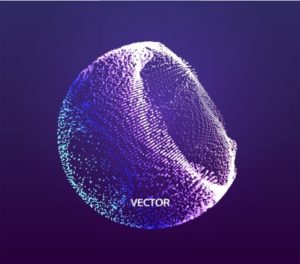How five organizations across industries have successfully designed digital transformation solutions to lead and innovate with agility.
Successful Digital Transformation Case Studies Across Industries


How five organizations across industries have successfully designed digital transformation solutions to lead and innovate with agility.

What makes big data ‘big’ and how does it differ from our traditional understanding of data? The difference is not really in size. In other words, there is no clear demarcation — you can’t say that data which is larger than “x” size becomes big data. Although we have been storing and processing data for…

Is big data always better data? In other words, is it always helpful to have more data? Not necessarily — and here’s why. From the time we first got excited about big data, we were told that the magic lies in the ability to find meaningful insights from large data sets, or data so voluminous…

In recent years, a large number of enterprises planned and implemented projects based on big data analytics with the aim of gaining insights that would further their business objectives. Unfortunately, not all those initiatives succeeded in delivering tangible business value. It’s not surprising that a 2019 survey by NewVantage found that 77% of businesses reported…

In an article published in 2005 entitled, “What is Web 2.0?”, Tim O’Reilly first used the term “Big Data” to refer to a large set of data that is almost impossible to manage and process using traditional business intelligence tools. The use of that term peaked between 2013 and 2015, and even found a place…

It’s not uncommon to hear that big data technology has brought revolutionary changes to the IT industry. But, what exactly defines information as “big data”? While big data is primarily defined by its large volume, there are a few other aspects that qualify information to be defined as “big data.” When we say “big data”…

What is big data analytics? Big data analytics helps users collect and analyze large-sized data sets that have a varied mix of content. This analysis delivers insights into the content through the exploration of data patterns. This data set can include of variety of subjects, from buying preferences of customers to trends setting the markets.…

A vast majority of the data that is generated in the real world is unstructured and is vital to further our understanding of the world. While the analysis of structured data can help us to know what is happening, it is unstructured data that may reveal why. Because unstructured data doesn’t fit neatly into the…

In order to make meaning out of data, it has to be effectively organized, stored and analyzed. That’s why it’s important to know the nature of the data — specifically whether it’s structured or unstructured. Structured data fits into predefined fields and can be organized into a spreadsheet or a relational database, while unstructured data…

The various kinds of data that are generated through a variety of sources at practically every moment are categorized as structured, unstructured or semi-structured. In our previous post, we saw that unstructured data is usually complex and heterogeneous and cannot be mapped to a predefined structure such as a data table or a relational database. …